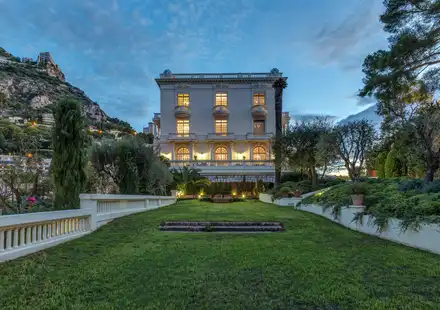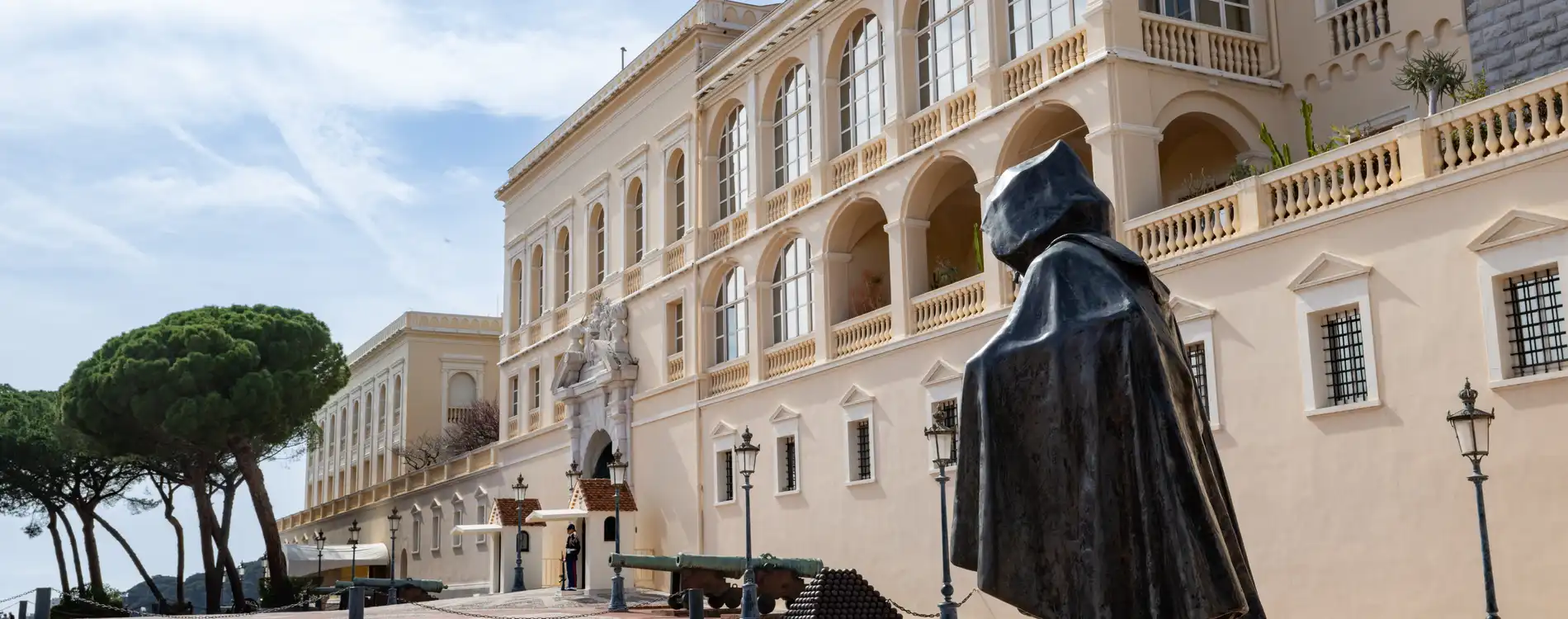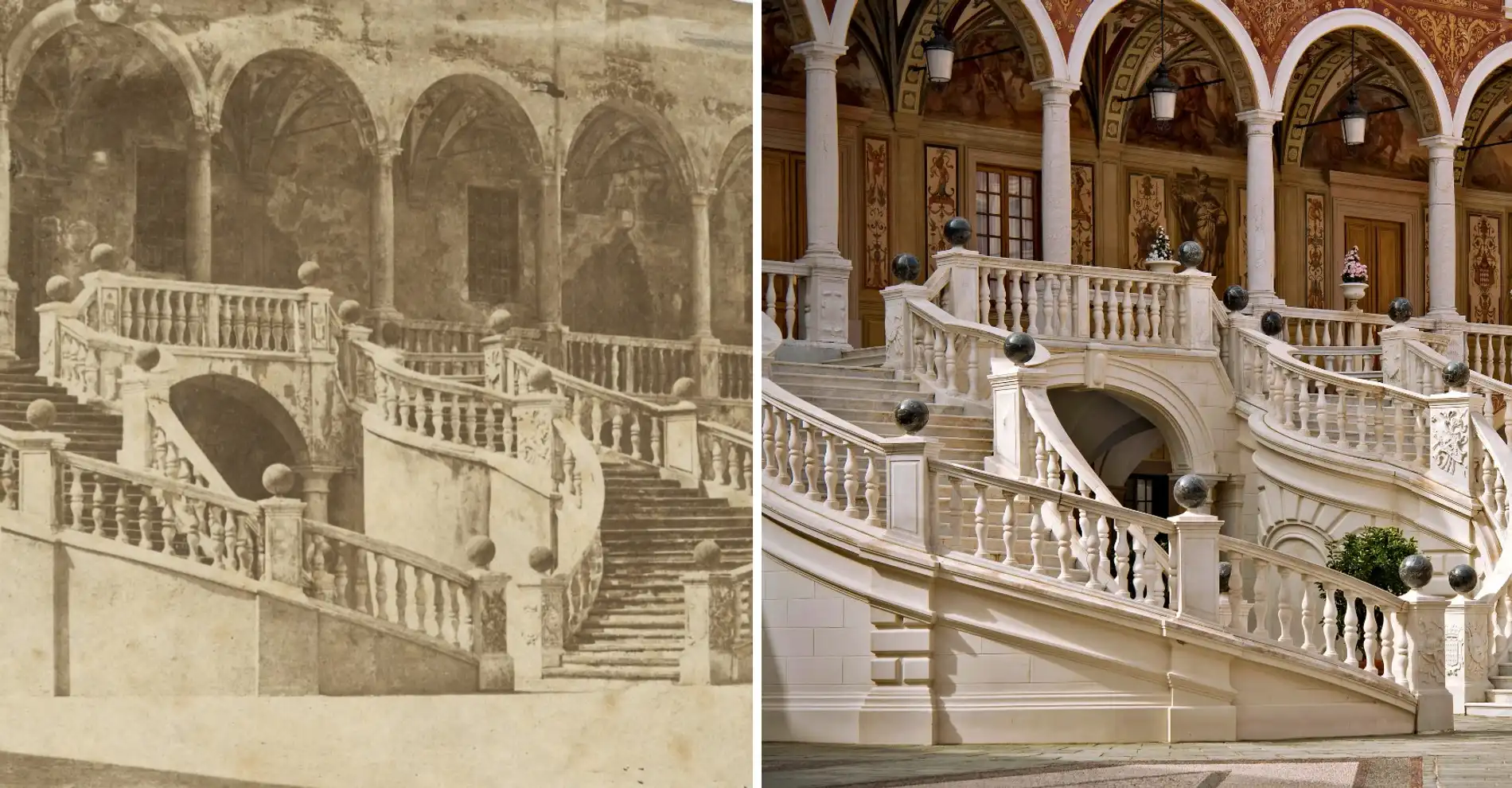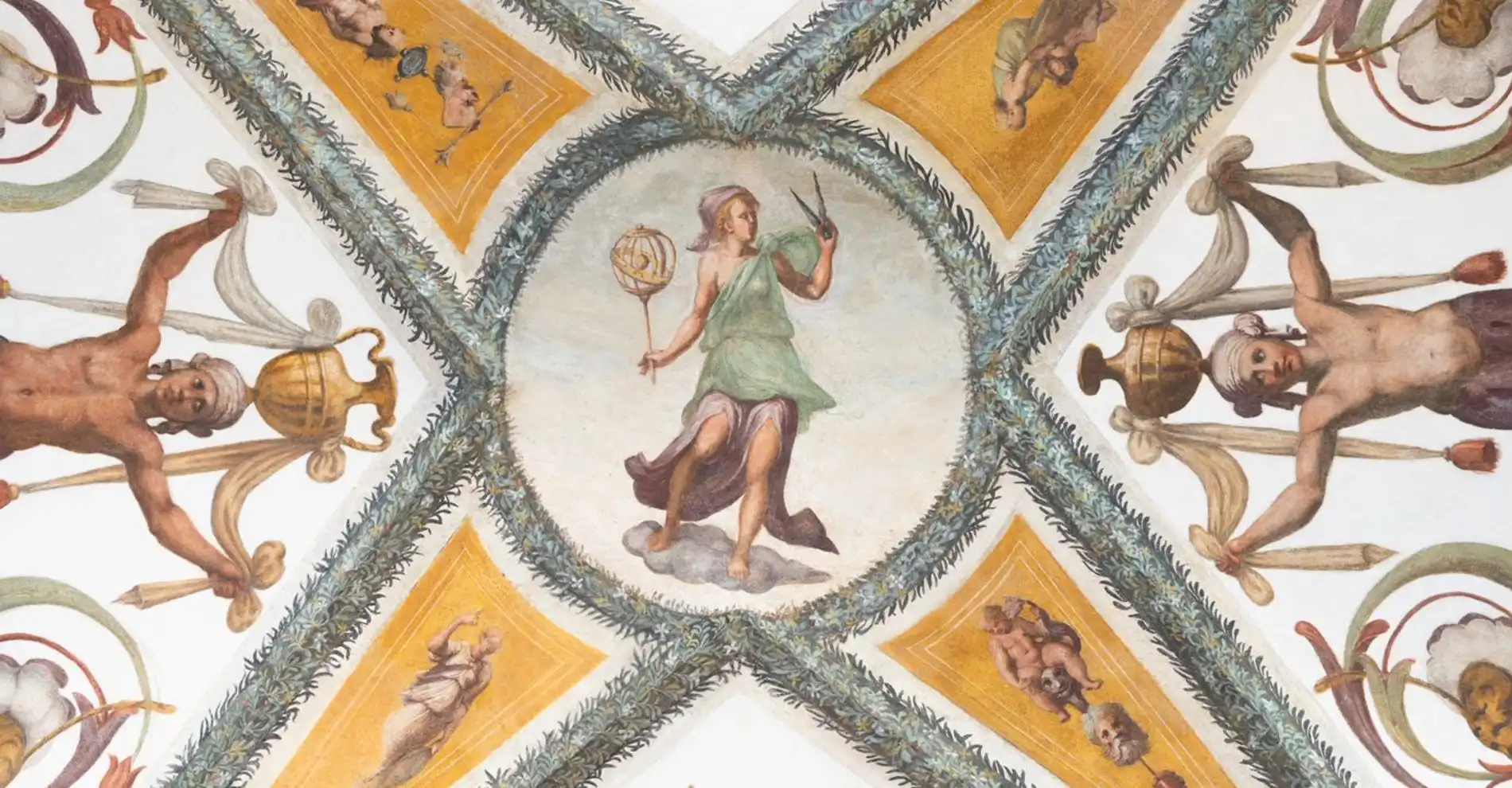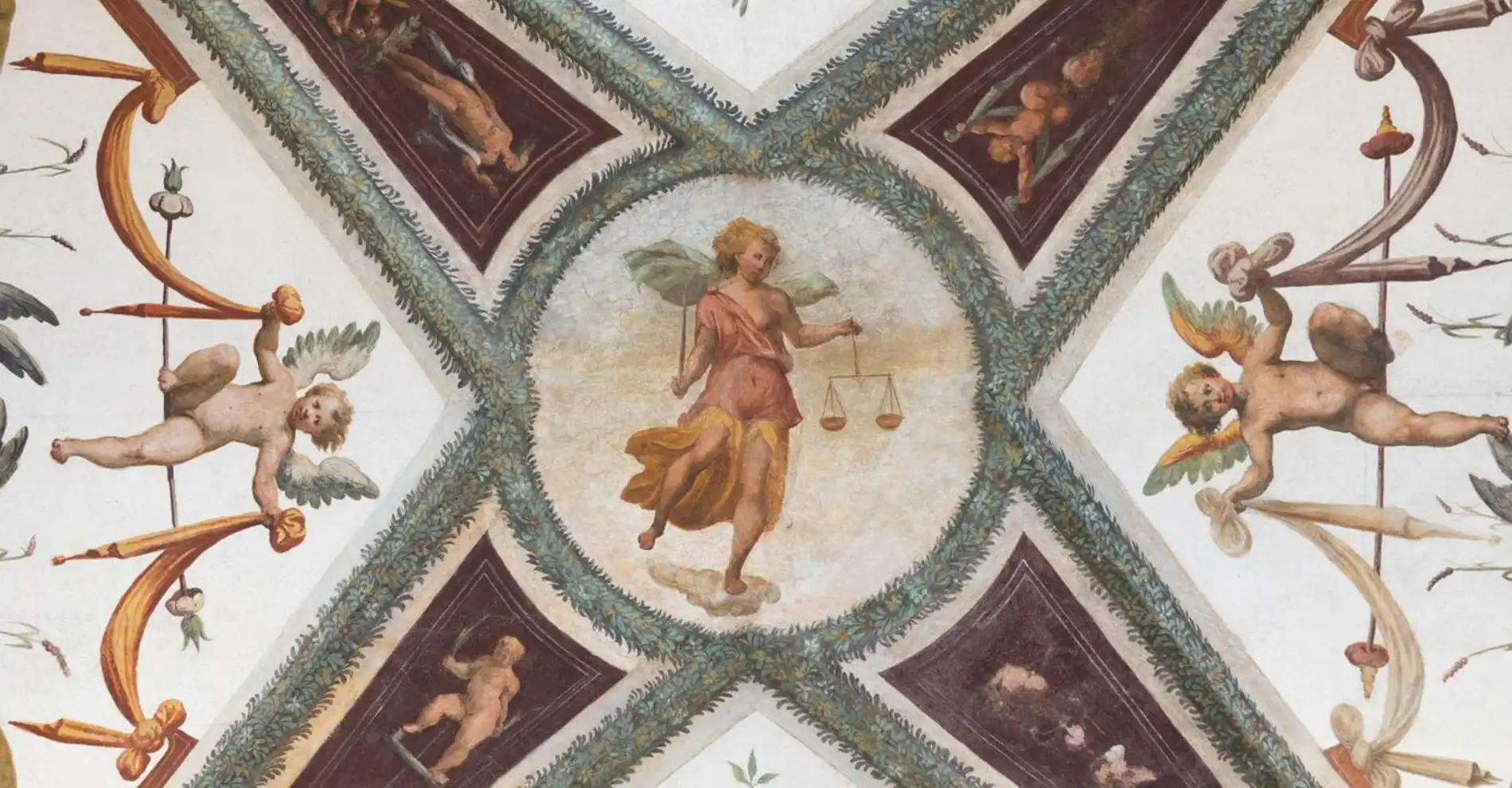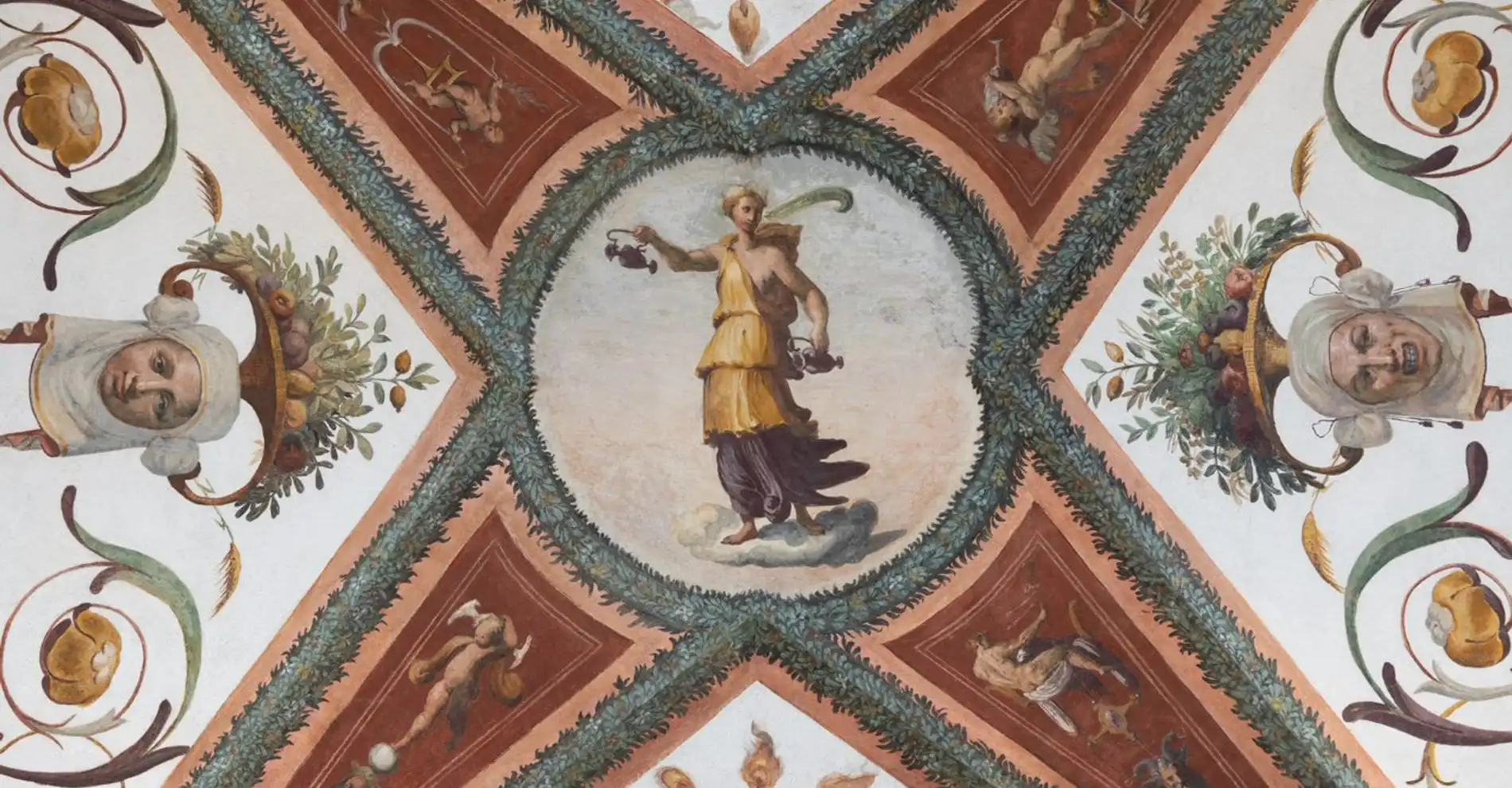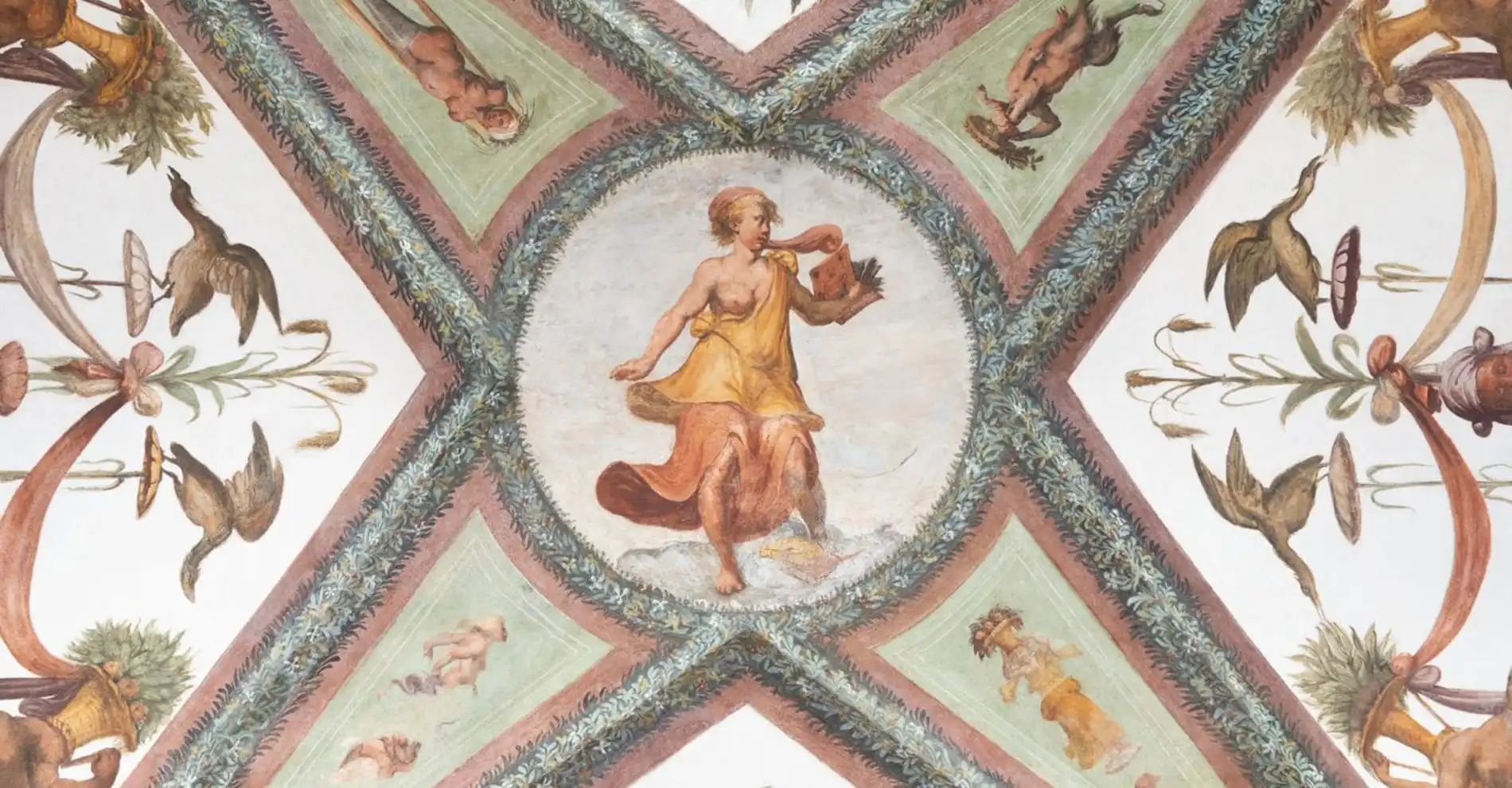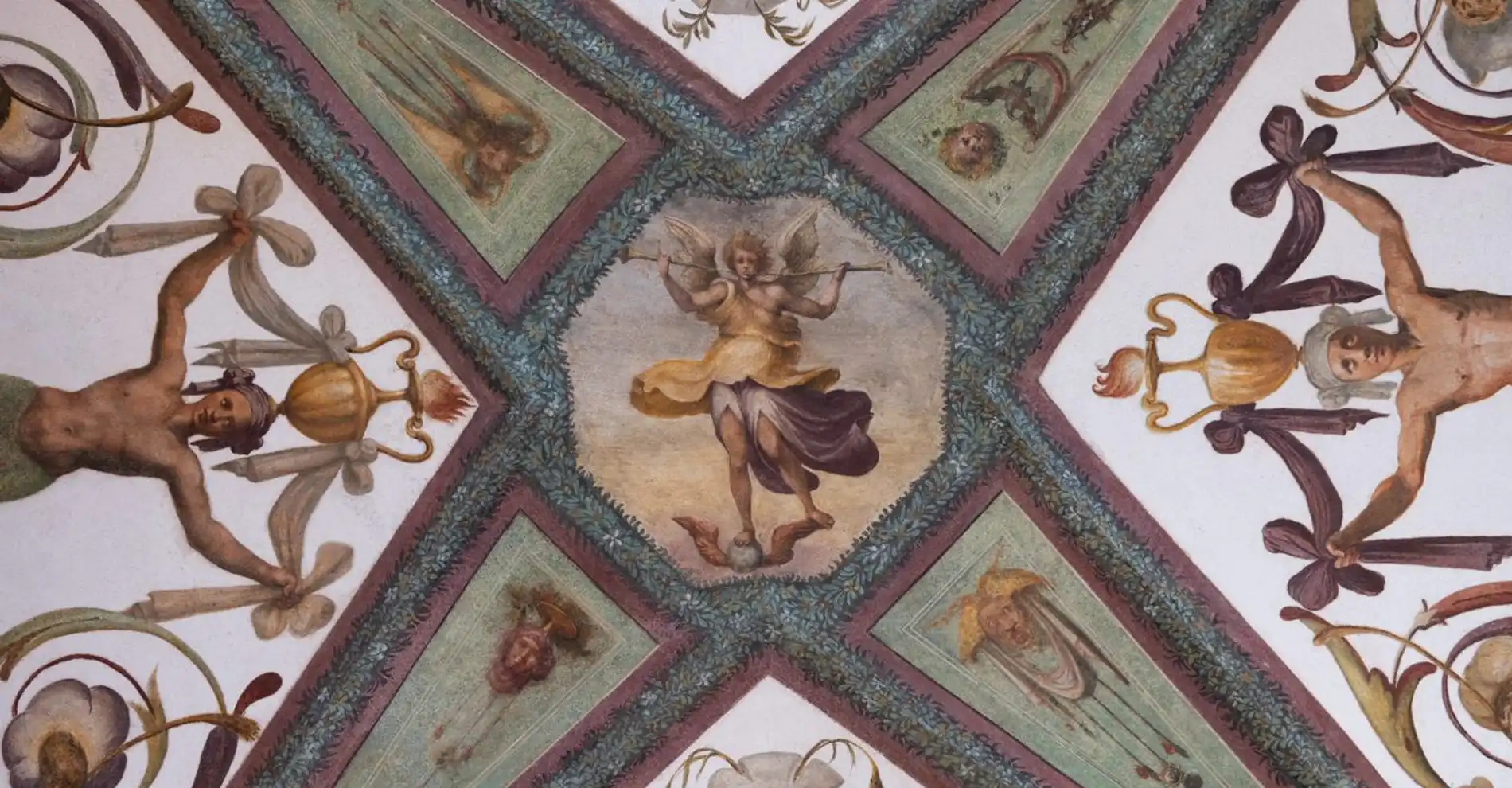Published on April 03, 2023Updated on September 10, 2024
The Prince’s Palace is located on Monaco’s famous Rocher, or Rock. But everybody knows that, don’t they? And H.S.H. Prince Albert and his family live there. OK, yes, no surprises there either. But maybe you didn’t know that women artists have painted several princely portraits? Or that underneath the palace there is a cistern? As well as many more secrets that we are going to let you in on.
Contents
- The Sainte-Marie tower
- Mythical founder... and founding myth, François Grimaldi
- The occupation of the Palace by the Genoese
- Renaissance frescoes adorn the Prince's Palace
- A small palace with big ambitions
- The mystery surrounding the authors of the frescoes
- Europe's bedroom
- Iconic paintings in the Prince's Palace
- What if the painter was a woman?
- The odyssey of the Throne Room
- An exhibition dedicated to symbols
- From Matignon to Grimaldi, a family history
#1 - A tower that isn’t as old as it may seem
You might think that the Tour Sainte-Marie is the oldest of the palace’s towers. And you would be both right and wrong. Right because for many centuries the Tour Sainte-Marie was the main tower and served as the keep. Wrong because this tower was damaged by the earthquake that shook the region in 1887. It was then rebuilt in 1894 and is therefore medieval in appearance only. It is actually one of the most recently constructed parts of the Prince’s Palace.
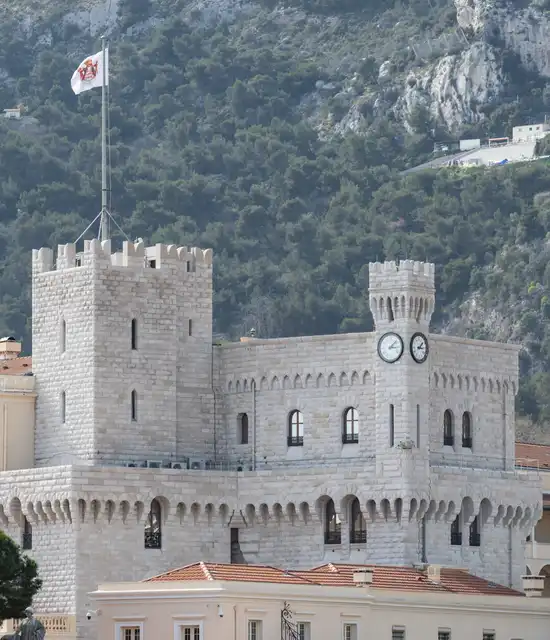
#2 - A mythical founder… and a founding myth
It was the demi-god Hercules who, passing through Liguria on his way back to Athens, is said to have erected the Rock. On the ceiling of the Hercules gallery, running the length of the Cour d’Honneur, there are superb frescoes dedicated to this demi-god.
The myth surrounding Monaco’s foundation goes back to the 13th century. Legend has it that one François Grimaldi managed to enter the fortress, with weapons hidden beneath his monk’s robes (monaco in Italian). Thanks to this ruse and “the help of God” (Deo Juvante is the motto of Monaco), he seized the castle, which was supposed to be impregnable. This myth and his trickery are represented today in the figures on the coat of arms of Monaco.
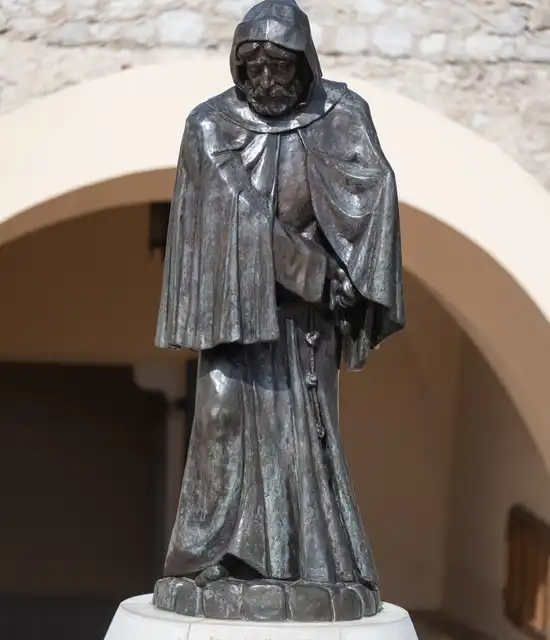
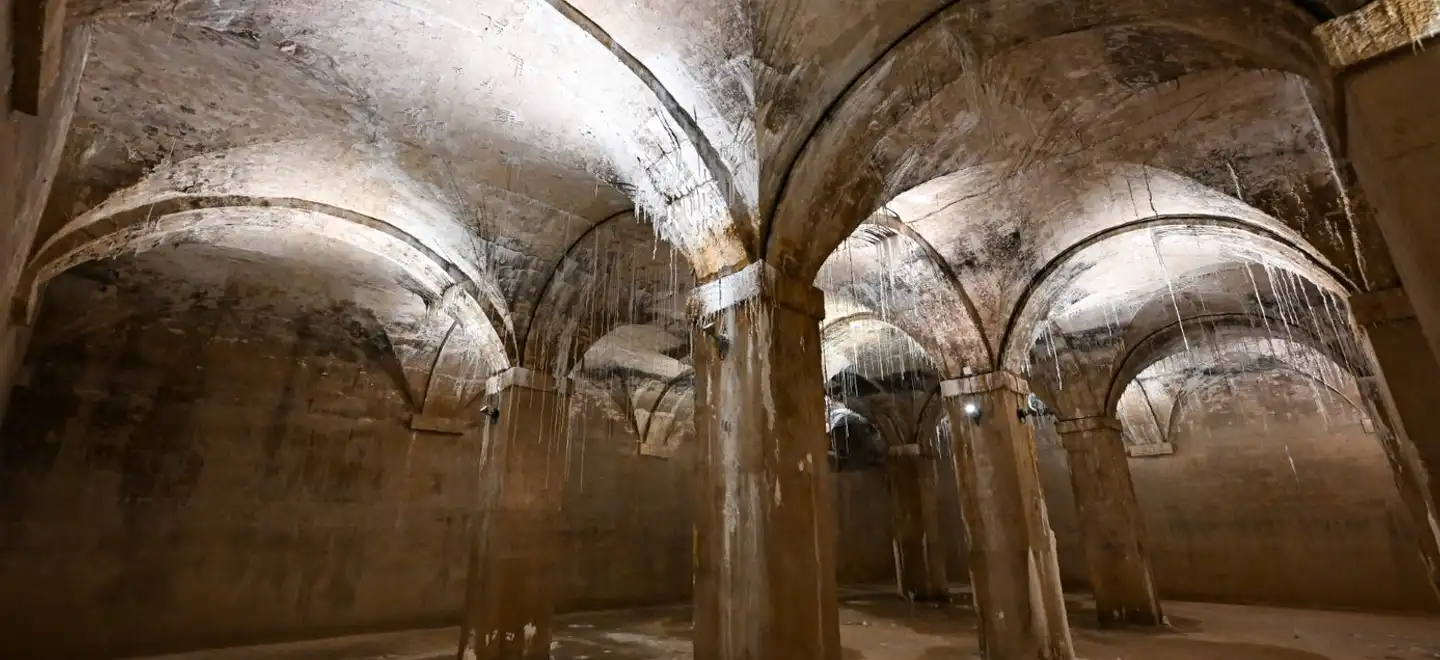
#3 - Prevention is better than cure…
In 1506, the Rock was besieged by the Genoese. The occupation lasted until the beginning of the following year, leaving Monaco’s residents drained of resources but still with their independence. The palace being built on a limestone plateau, there had been a severe lack of water during the siege. Following this terrible ordeal, the rulers decided to build a cistern beneath the palace that would in theory be capable of supplying the city during a two-year siege. However, Monaco has not experienced such an assault since and has been unable to test this theory out.
#4 - Some more mille-feuille?
In the majority of the castle’s rooms, visitors may be unaware that the decoration they see before them is from very diverse periods. Take the Cour d’Honneur, which is not dissimilar to a “mille-feuille” cake. Some of its murals date from the 16th century. While the inspiration behind their composition is not entirely known, there is little doubt about when they were done. However, different stratum of restoration can also be seen. Today, the Prince’s Palace has a clear strategy in terms of conservation and restoration. Layers are stripped back in order to go back to a more satisfactory pictorial state, both in terms of discourse and of historical and artistic ethics.
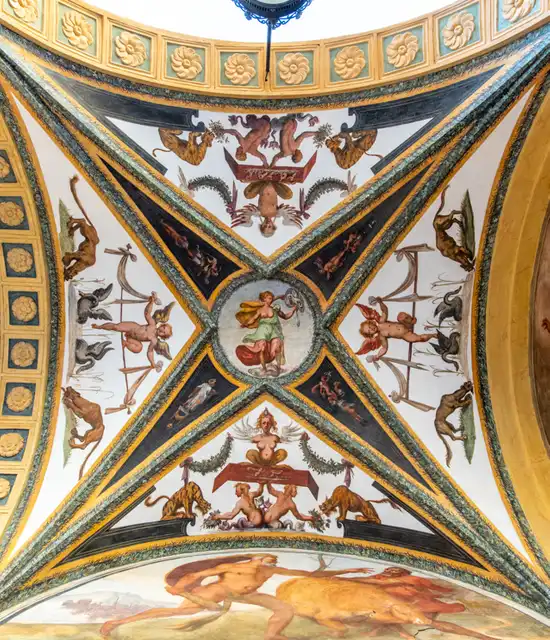
#5 - A small palace, big ambitions
In the 17th century, the Principality wanted to show that it figured among the great states, so equipped itself with different ceremonial attributes. For example, the plaque beneath the main door to the palace, which states that it has seen enter “so many kings, so many emperors and so many sovereign pontiffs”. During the same period, Prince Louis I had built in the Cour d’Honneur a majestic horseshoe staircase in the Renaissance style, not dissimilar to that at the Château de Fontainebleau. Therefore, it can be seen as a sign of Gallicization, even if the architect who designed it was Genoese. In the 19th century, the staircase underwent major changes: new stairs were made from Carrara marble and were decorated with spheres made from Portoro marble.
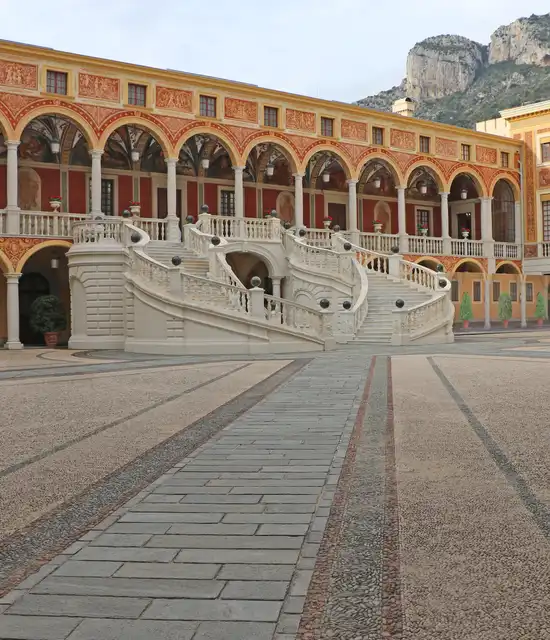
#6 - Look out, a treasure hunt is underway!
But who painted the frescoes in the Prince’s Palace? Traces of an artist who was a contemporary of Raphael have been found in the Grimaldi archives. A receipt from 1547 states that one Nicolosio Granello, a great painter of the Genoese School of the 16th century, received “113 crowns of good gold” for a pictorial work. Several researchers are now working to find out more.
#7 - Bye-bye “Matignon”, hello “Europe”
One of the rooms in the Prince’s Palace has recently been renamed: the Salon Matignon is now called the Chamber of Europe. Following a number of surveys and thanks to different restoration techniques, the room’s ceiling has revealed some secrets. Firstly, a central fresco telling the famous mythological story of the abduction of Europa by Jupiter. Secondly, a frieze, discovered beneath the wood mouldings then patiently renovated.
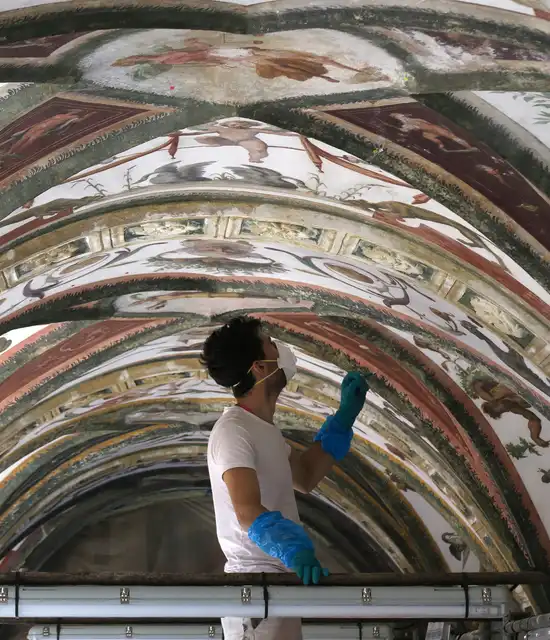
#8 - Home sweet home
In 1732, the painting The Israelites in the Desert by Jacopo Bassano left Monaco for the Hôtel de Matignon, the princely family’s Paris residence. It was then sold following the French Revolution. Many more paintings left the collections in the late 18th century for the same reason. The reconstitution of the collections and furnishings undertaken by princes since the revolutionary period has gained new momentum in recent years. The Israelites in the Desert and other paintings have therefore been returned to the palace’s walls, thanks to the efforts of Prince Albert II. Today, they can be admired in several of the palace’s rooms.
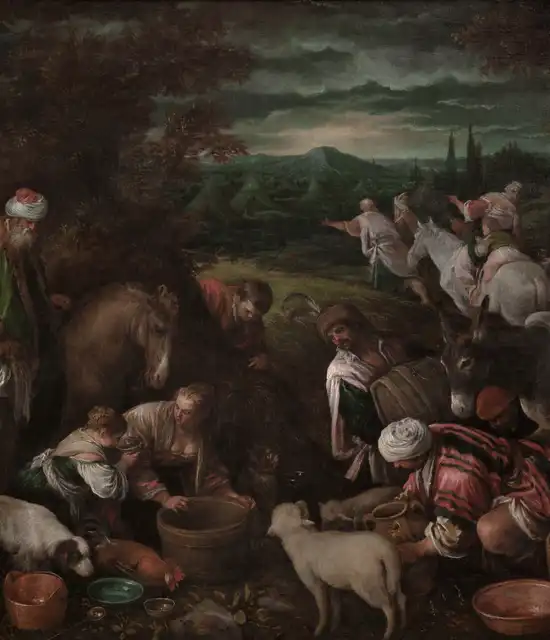
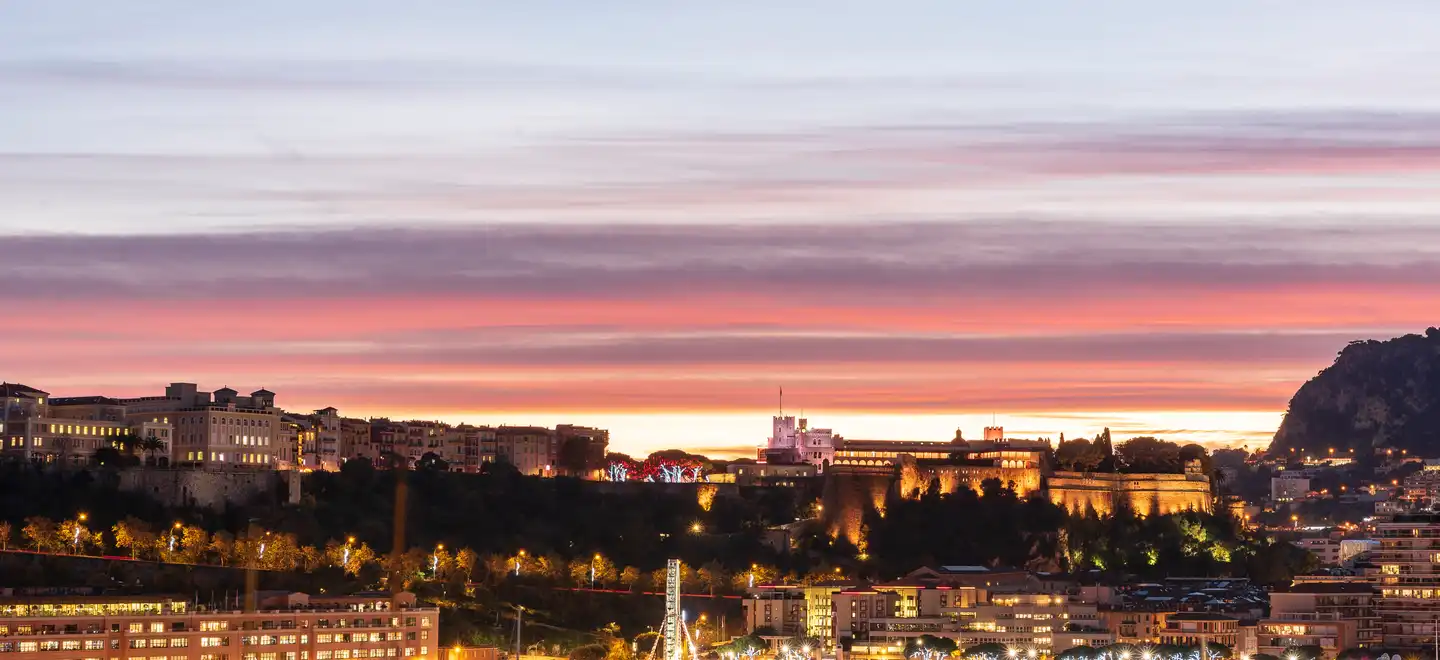
#9 - The artist was a woman
The portrait of Hippolyte Trivulce, the first princess of Monaco, on display in the green antechamber, was painted by a woman, the artist Fede Galizia. Several more portraits of Monegasque sovereigns were also painted by women artists. A surprising fact which gave H.S.H. Prince Albert II the idea of dedicating a portion of the collection of the Prince’s Palace to women’s painting over several centuries. A fascinating subject of which little is known, except in figures such as Artemisia Gentileschi, the first woman who succeeded in gaining recognition in a world that was until then exclusively male.
#10 - The odyssey of the Throne Room
The work on the restoration and conservation of the Prince’s Palace brought to light an enormous fresco on the ceiling of the Throne Room. To uncover it, several layers had to be removed, in particular a layer of restoration done by some Italians in 1953. Little by little, the original fresco revealed itself: superb iconography inspired by Homer’s Odyssey. A choice which highlighted important themes such as family and one’s roots.
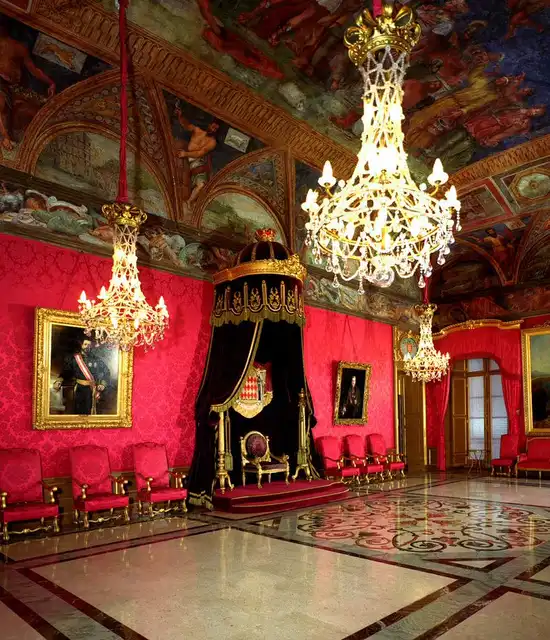
#11 - A sovereign, and don’t you forget it!
Two necklets of the Grand Maître de l’Ordre de Saint-Charles and the Grand Maître de l’Ordre de Grimaldi, seals, cutlery bearing arms, Monegasque decorations, coins struck by the princes since Honoré II, a sabre given as a gift by the Monaco people to Prince Rainier on his accession… So many symbols of sovereignty, all on display in a small room of the palace.
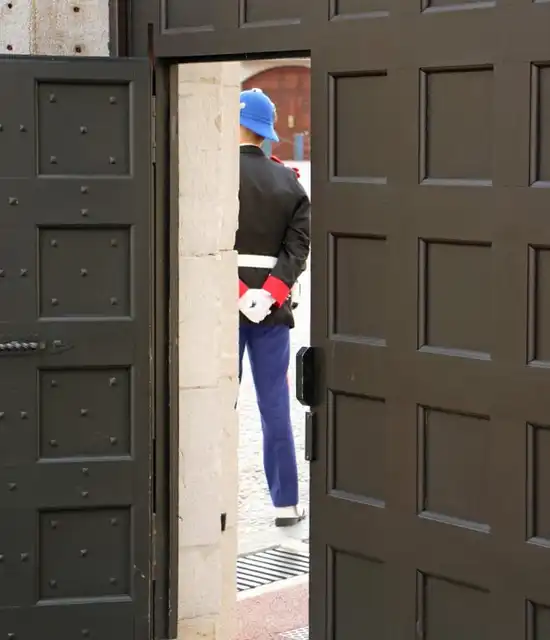
#12 - From the Matignons to the Grimaldis, family histories
Since the 15th century, women have been allowed to reign in Monaco in the absence of males. In such cases, their spouses have taken the Grimaldi name. This was the case when Jacques IV of Matignon became Jacques I of Monaco in 1715 on marrying Princess Louise-Hippolyte. A great art lover, he combined his family’s collection with that of the Grimaldis, and displayed the collection in his Paris home. Jacques I continued to call the building Matignon and as chance would have it it is now the residence of the prime ministers of France.
Picture: Antichamber of the Hôtel de Matignon
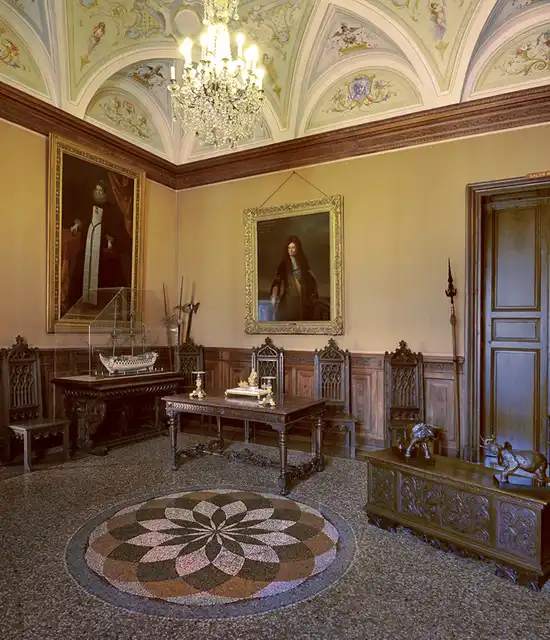
© Axel Bastello, Michael Alesi, Geoffroy Moufflet / Palais princier
You might also like…
Monte-Carlo Cigar Club
Dominique London, a leading light in the luxury cigar world, is teaming up with Monte-Carlo Société des Bains de Mer
to open the Monte-Carlo Cigar Club in 2025. This exclusive new venue promises to be an icon in the making.
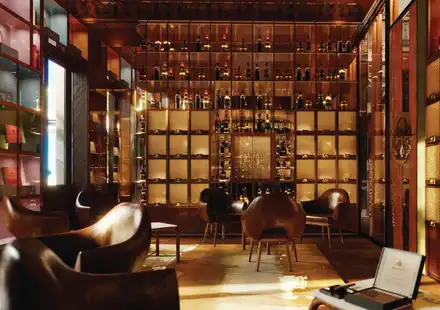
Monaco Basket Association
Monte-Carlo Société des Bains supports the players in the women’s MBA, helping them to move up
the divisions of women’s basketball and represent Monaco on the international stage.

Tales of villas in Monaco
We take a look at some of Monaco's most beautiful villas and the stories they tell about the Principality's history.
